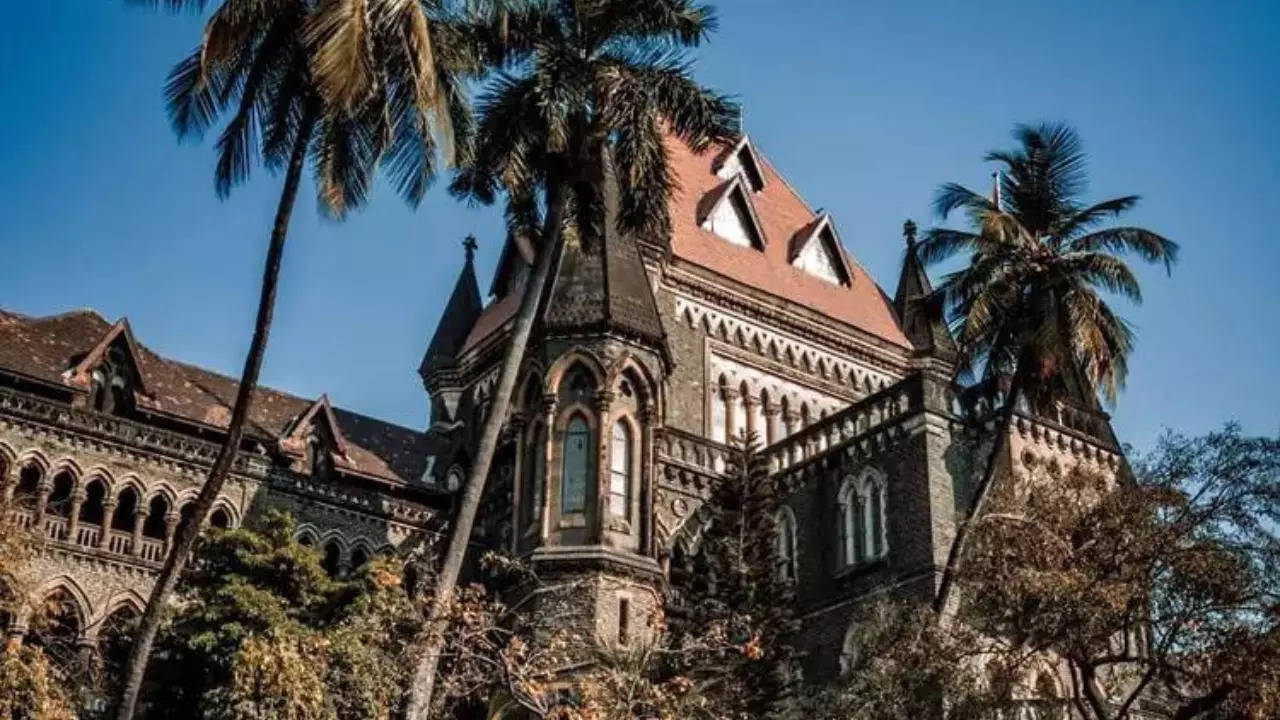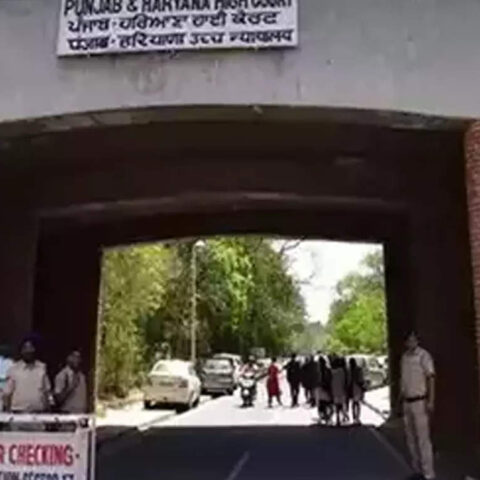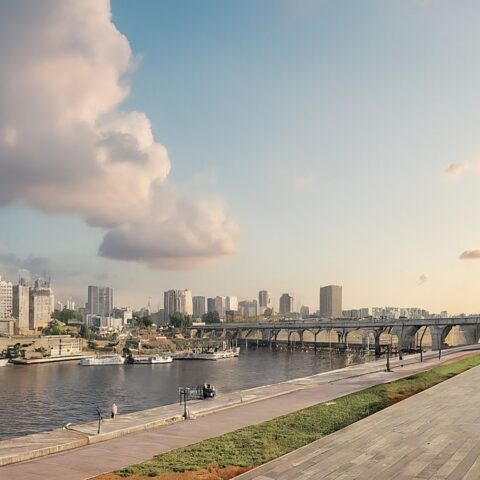
MUMBAI: Holding that an entire residential building had come up illegally on CIDCO land, Bombay high court directed the Navi Mumbai Municipal Corporation (NNMC) to demolish the whole four storeyed structure within 8 weeks with six weeks to its 23 residents in 29 flats to vacate. The corporation and CIDCO to take immediate steps to have the building at Ghansoli evacuated, the HC directed.
Regularisation of wholly illegal buildings cannot be allowed as a matter of course by imposing fines or taking compensation, ruled Justices Gautam Patel and Kamal Khata in their judgment uploaded on Tuesday. “The individual right has to be balanced with the requirements of society. Private interest must be suborned to the public good.’’
No stay can be granted, said the HC and no civil court will entertain pleas for extension of time either. The judgment said,“There is no method by which this building can be protected… The entire development is illegal. The occupation on the plot is illegal.’’ The HC had last year turned a petition into a suo motu matter.
The HC last year had asked NNMC how it was providing municipal water supply to a building which it said is unauthorised and had been demolished four times in its early iterations.
Such “rampant illegality and unauthorised construction cannot be permitted’’ and directed CIDCO and NMMC to urgently take up the matter of formulating a working policy and scheme to protect all their lands, the HC directed. The scheme must include fencing, signboards as some people had simply walked in and started construction, the Judges noted.
Several persons claimed they were in legitimate possession of the land and the HC noted, “apparently acquired such titles as Patils or Patel (or both) offers to them’’. The HC said their rights stem from illegality and cannot be protected. They have remedies against the builder.
The HC said the structure was built by one Ishwar Mavji Patel.
“The problem as we noted at the outset is not localised. Every Municipal Corporation faces this. Sometimes it is only a matter of degree,’’ the bench added. Advocate Rohit Sakhadeo for CIDCO emphasized that CIDCO in this matter has never been at fault. That is correct, said the HC. For NNMC, advocate Tejesh Dande said “the corporation has a zero-tolerance policy’’. Dande also said the NNMC is using digital technology with drones and radar and has mapped almost 80 % of all constructions within its command areas. Once mapping is over, it will accurately monitor all development, said NNMC.
The HC after hearing senior counsel Sharan Jagtiani, appointed as amicus curiae (friend of court), Patils’ counsel, Khushnood Akhtar for the builder, RD Soni for residents, PP Kakade for State said, “Digital real time maps can easily detect these constructions preventing ambiguity and even third party hardships’’ and noted how the Supreme Court has several times advocated use of satellite mapping.
The HC repelled the residents’ plea that with TDR sourced from elsewhere the building could be regularised. “Importantly, the exercise of the discretionary power allowing regularisation must not result in a license to break existing laws. An individual’s interest in his property (and here no individual has a legitimate interest in the property to begin with) and his right to enjoy the fruits of that property are always subject to the larger public good and purpose’’.









